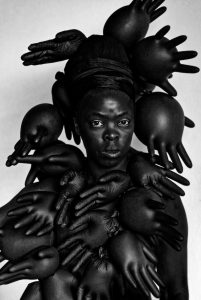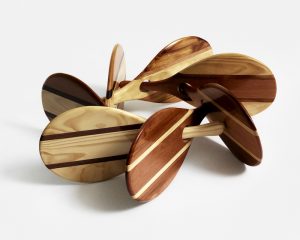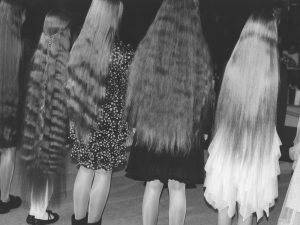Ryoji Ikeda’s largest exhibition in Europe to date captures the full scale of our mico- and macroscopic worlds
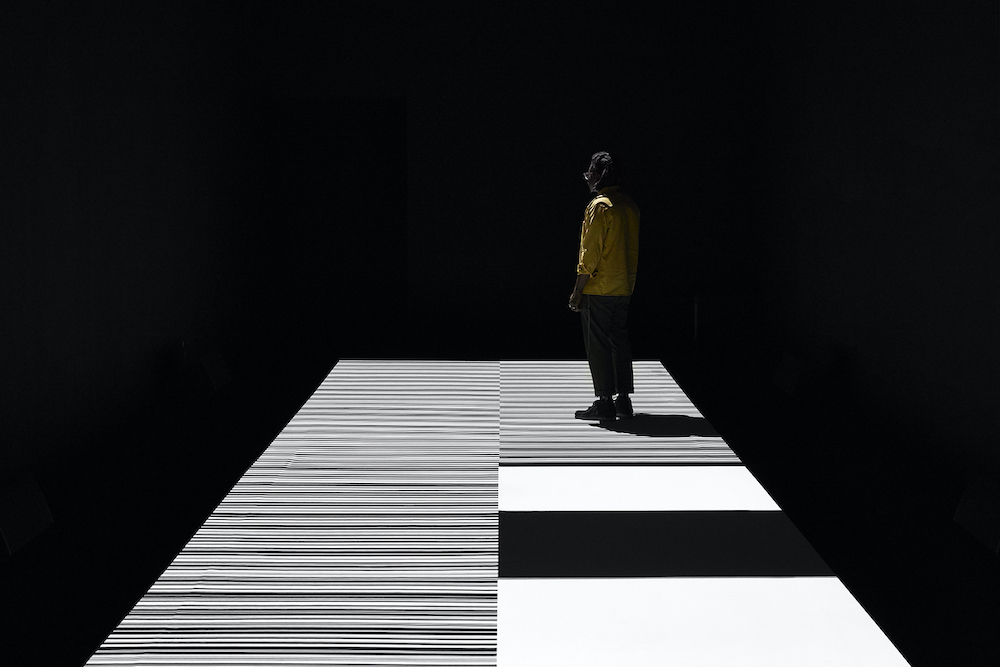
Data has never looked so beautiful, nor light this blinding. Courtesy of Ryoji Ikeda – the experimental electronic composer and visual artist – the labyrinth-like 180 The Strand has been converted into a subterranean test of digital, light and sonic extremes. Having missed galleries immensely and had my world limited to a mile radius for so long, each work is a visceral sensory overload – flitting from binary code to frenetic black holes.
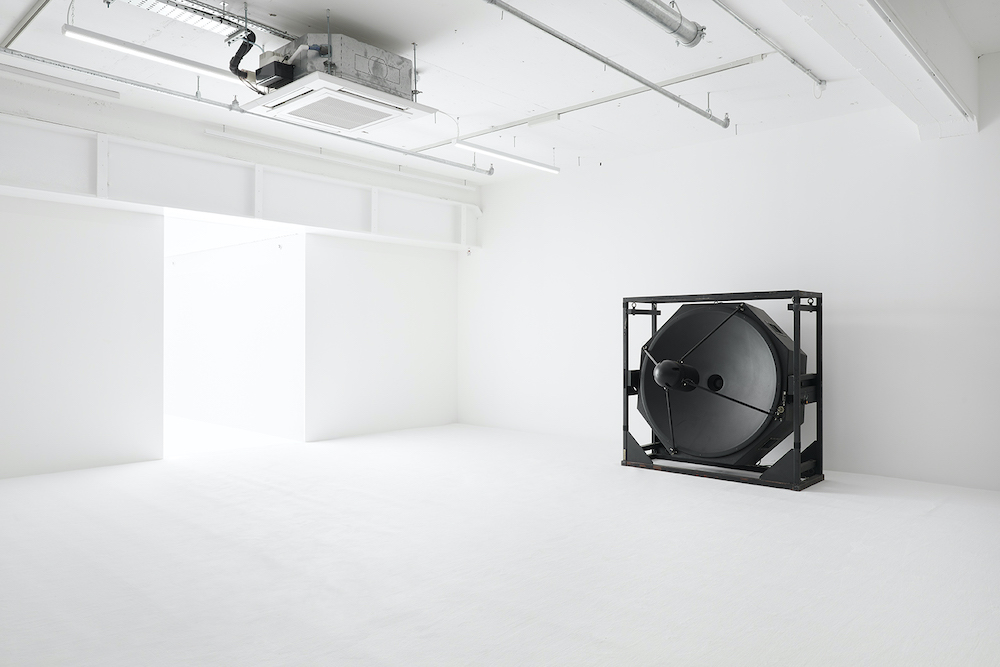
The largest exhibition of his works to date in Europe (presented and produced by The Vinyl Factory following half a decade of collaboration, together with Fact and Audemars Piguet Contemporary), it features world premieres of several never-before-seen works, and site-specific versions of iconic signature installations such as test pattern. For the uninitiated, Ikeda is both a minimalist and maximalist concerned with scales and frequencies that are either invisible or too enormous to properly comprehend. Using mathematics, computer aesthetics and sound in a variety of “raw” states – such as sine tones and noise – the Japanese-born-Paris-based composer starts the show with a modest, totemic square grid system lit from below. This marriage of pure maths and light is an essential distillation of Ikeda’s work, with each new room increasing in orders of magnitude. “The entire exhibition is based very much on physical experience,” he notes, “not only intellectual content. It begins with works that give intense, simple experiences, and then the works get more complicated, like the data-oriented digital projections… Humans love to organise things so we often hate randomness. To me, though, randomness is a hint of the richness of our lives. It’s not something to be thrown away.”

In the second room you are met with nine digital displays coupled with a paired back soundtrack – data.scan [°1-9] – with everything from amino-acid protein structures to studies of morse code visualised on screen. To reach the next space, visitors must pass through spectra III, a piece originally co-commissioned by The Vinyl Factory for the 2019 Venice Biennale. It is at once punishing and intoxicating, a hyper-bright corridor that forces your eyes semi-shut, tears welling, before reaching A (continuum). Six super directional SB-1 Meyer speakers continually modulate the note A, ensuring zero repetition and a unique score for everyone who passes through, a welcome respite after the blindingly ethereal passageway.
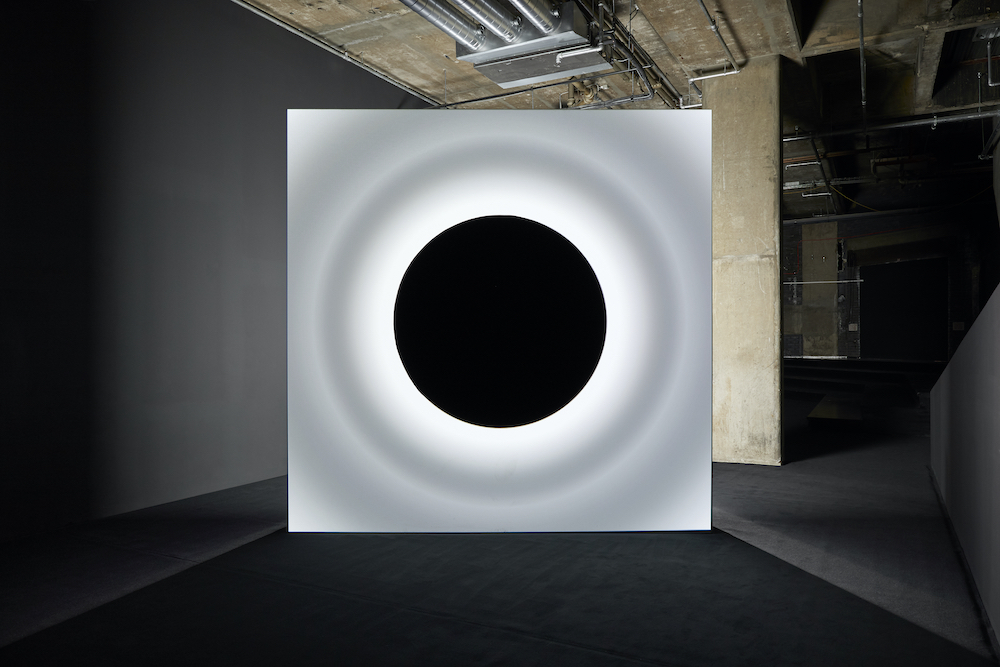
Something of a ying-yang show-stopper, the UK-premiere of Point of No Return that follows next confronts you head on. “I paint a black circle on a wall and project light around it,” states Ikeda. “And this intensifies its blackness. It feels like it’s always firing, you get a bit scared. It becomes overwhelming. The other side is the total reverse, just a white circle. It never changes, just stays still like the moon. Point of no return is a term used by astrophysicists. It’s like the event horizon of a black hole, the point at which you can’t escape its gravitational force. The piece is completely abstract and people can interpret it however they like. A circle can represent infinity, like a Platonic sphere, something pure like the planets and stars.”

After navigating past two hypnotic laser and LED works, the expansive data-verse trilogy – commissioned by Audemars Piguet Contemporary in 2015 – receives its world premiere of being shown altogether in one space. A triumphant triptych, three vast screens play in tandem. With one sweeping hand it visualises a multitude of scales in the mico- and macroscopic world, ranging from elementary particles to the far flung reaches of the Universe. The installation uses precise computer programming to crunch huge data sets from institutions such as CERN (where Ikeda held a residency back in 2014), NASA and The Human Genome Project, giving shape to atoms, molecules, cells, climate patterns, air traffic, satellites, galaxies and potential multiverses. It grants a dizzying, deified perspective, all the while bathed in a deep, calming thrum of sound and electronic notes that are akin to a ticking bomb detonator.
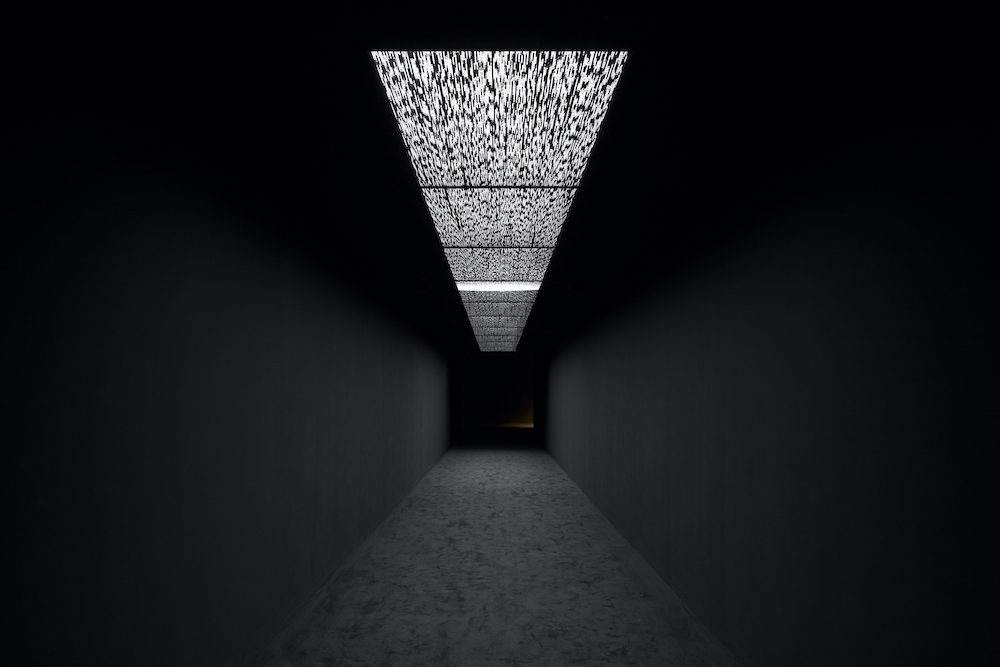
data.flux, meanwhile, is a wonderfully soothing piece that was completed last year and made especially for the show – an anti-spectra III. Down a dark hall, human genome and DNA codes stream overhead, calling to mind a cascade of water rivulets or a birdseye view of traffic in fast-forward. Thankfully, it acts as a penultimate palate cleanser for the final room containing Ikeda’s most absorbing and well-renowned work: test pattern. Converting any type of data – be that text, sound, films – into a blunt binary pattern of black and white 0s and 1s, this deafening barcode occupies almost the entire floor, encouraging you to stand within its power and ultimately be assimilated. Like stepping into an Aphex Twin song, it remains a deeply physical, affecting experience that probes thresholds and perception. The less I say the better, in keeping with Ikeda’s aversion to fixing a singular meaning to works: “What you hear, what you experience – that’s everything, whether you’re at a live performance or listening to a recording. Music is beautiful because we can’t see it and we can’t touch it, but everyone knows it. You don’t need to have it explained; you don’t need special tools to understand it. You can charge it with meaning all by yourself. That’s the same approach I take with my installations.”
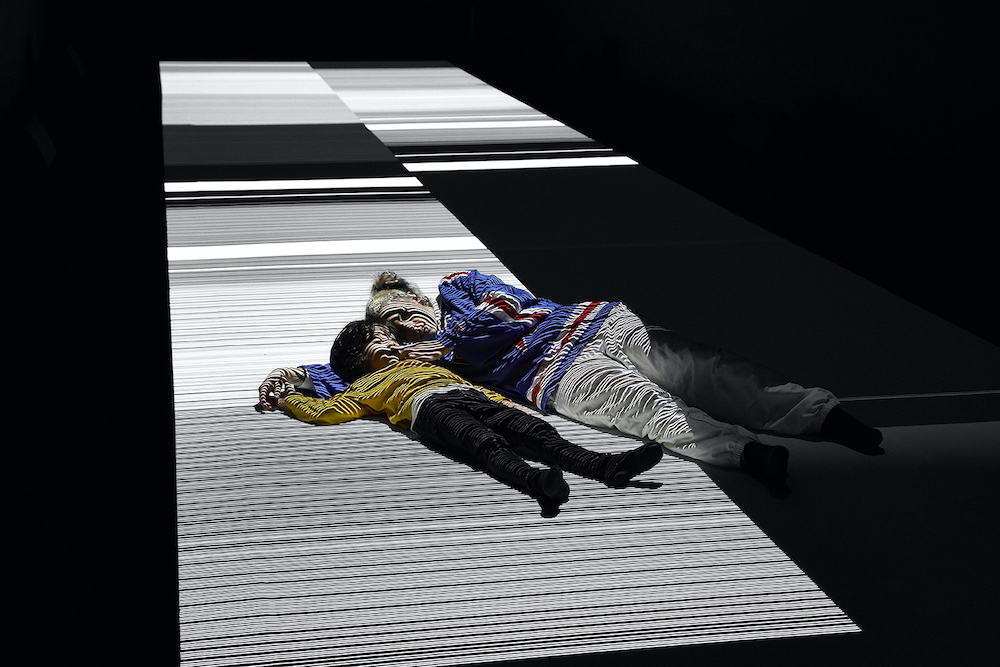
Despite the award-winning artist/musician’s heady use of information, this a uniquely rousing, personal and corporeal show. After essentially a year of cultural slumber, it’s the perfect way to wake up.
All photography © Jack Hems, 180 The Strand, 2021
RYOJI IKEDA will be on view until 1 August 2021, at 180 Studios, 180 The Strand, London

